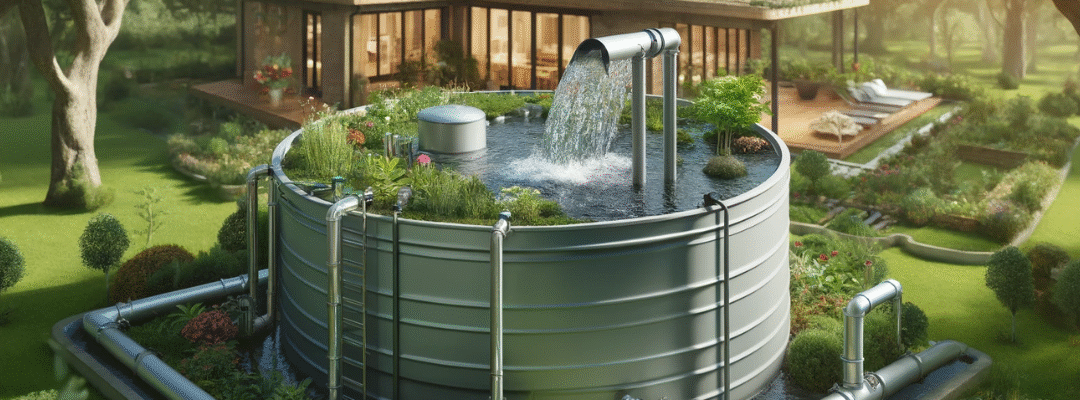Installing a dedicated rainwater harvesting tank is a smart, sustainable move with a wide range of environmental, financial, and practical benefits. Whether you’re looking to cut costs, conserve resources, or boost water resilience during dry spells, rainwater collection systems offer real value—especially in regions prone to water stress.
Here are the key benefits of installing one:
1.Water Conservation
Reduce Strain on Municipal Systems: By collecting rainwater, you decrease your dependency on city water supply. In areas like California or parts of Australia, this directly helps communities dealing with seasonal water restrictions.
Preserve Groundwater Reserves: Instead of over-extracting from aquifers, rainwater harvesting supports natural recharge and reduces long-term water scarcity.
2.Lower Water Bills
Cut Household Utility Costs: Harvested rainwater is ideal for non-potable uses such as flushing toilets, irrigation, or washing cars. Some homeowners report up to 40% reduction in water bills over time.
Reduced External Dependence: In rural or off-grid areas, tanks eliminate the need for water tankers or borewell overuse.
3.Environmental Impact Reduction
Less Runoff, Less Pollution: Rainwater tanks help manage stormwater runoff, lowering the risk of floods and reducing the load on urban drainage systems.
Protect Local Ecosystems: Captured rain reduces the chance of pollutants being swept into nearby rivers and lakes.
4.Sustainable Water Security
Reliable During Droughts: Your tank can act as a buffer during dry seasons. Even if your city enforces restrictions, you still have a personal water reserve.
Climate Change Adaptability: As weather becomes more unpredictable, capturing rain when it’s available ensures water access when it’s not.
5.Cleaner Water for Everyday Use
Gentle on Plants and Appliances: Rainwater is typically free from chlorine, fluoride, and salts—making it better for gardening and washing clothes.
Improves Local Water Quality: Collecting rain before it hits the ground means fewer pollutants seep into soil or groundwater.
6.Low Maintenance System
Simple to Operate: Most tanks just need basic upkeep—cleaning gutters, checking filters, and occasional tank rinses.
Durability Over Time: High-quality tanks can last decades, offering long-term ROI with minimal fuss.
7.Prevents Soil Erosion
Controls Surface Water Flow: Capturing rain prevents excess water from washing away topsoil, especially useful in areas with heavy rainfall or sloped landscapes.
8.Versatile Usage Options
Multiple Applications: With proper filtration, rainwater can be used for irrigation, toilet flushing, laundry, and even drinking.
Emergency Backup: If your main supply is cut off, a full tank can support your home for days or even weeks.
9.Supports Sustainable Living
Eco-Friendly Practice: Harvesting rain promotes circular water use, aligning with green building standards like LEED or Green Star.
Community Impact: Local governments often highlight rainwater tanks as a solution to regional water issues.
10.Government Rebates & Incentives
Offset Installation Costs: Many areas offer tax rebates, subsidies, or rebates for homeowners who install rainwater harvesting systems. Check with your local municipality for available programs.
Summary:
A dedicated rainwater harvesting tank isn’t just a practical upgrade—it’s a step toward sustainable living. If you’re building a new home or looking to retrofit an older one, now is the perfect time to explore your options.

